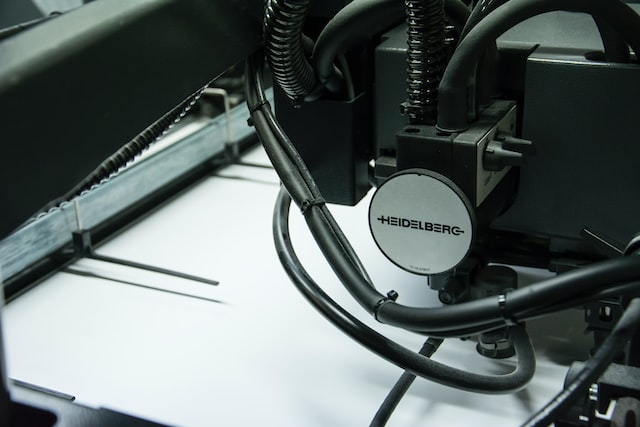
The Differences Between Digital And Offset Printing
While traditional offset printing might be seen as the preferable and more high-quality option, digital printing is often easier and more cost-effective. But what are the real differences between digital and offset printing, and which is your best option?
What is offset printing?
Offset printing is an older and more traditional method of printing. It is known as offset printing due to the way in which the ink is not directly printed onto the paper or surface. Being over a century old, offset printing has been widely used and is useful for large amounts of printing.
How is digital printing different?
While offset printing works by transferring ink from a plate to a rubber sheet, with the ink being rolled onto the material surface, digital printing is markedly different. There are two, but very different, digital printing options. The first is toner-based, where the image or content is printed directly to the substrate then fused to the surface with heat - examples of this are Xerox or Ricoh style machines. The second option is a liquid-based ink; the most common device would be the HP Indigo range of presses. These presses work in the same way as a lithographic offset machine, whereby an image is generated on a plate, transferred to a blanket, the offset process, then transferred to the substrate. The difference between this offset printing style and a more traditional printing style is the plate on these presses is wiped clean and reused for every single sheet that passes through the press. This makes
shorter runs more viable and unique printed pieces more attractive.
A difference in quality
Because offset printing has been utilised for such a long time, the quality of it has been fully fine tuned. This has created a higher quality final product than digital printing - but advances in digital printing have tipped the scales. Digital printing and offset printing are now more equal in terms of quality and the difference is so minimal that most people cannot detect the difference. Combined with the speed at which digital printing services can produce high-quality work, this can make it a great option for all kinds of print.
The costing implications
Traditional litho offset printing is a more costly process for lower quantities. In lithographic printing a plate or set of plates need to be made to produce a print run; the cost of these plates is expensive when printing shorter quantities and any changes required will also require new plates to be made. As digital printing uses an electronic plate, one copy can still be a viable print quantity.
How MTA Digital can help
If you are seeking high-quality digital printing, then MTA Digital can help. We are highly skilled in providing the digital printing UK designers can rely on for high-quality graphics. We can deliver premium. Quality printed material at a cost that is more likely to suit your budget.
Image Source: Unsplash
